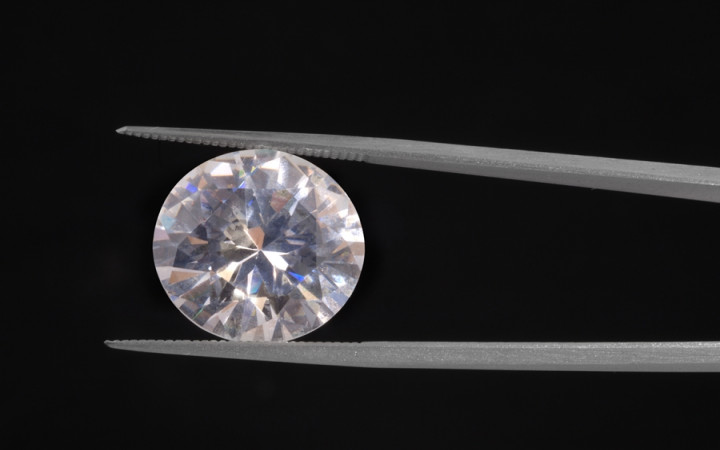You might know that diamonds, gold, and other jewels are rare, which makes them valuable. But have your ever wondered where diamonds come from — how they are actually made?
Thousands, millions and maybe even billions of years ago, extreme heat and pressure turned pure carbon into colorless diamond crystals 100 miles or more below the Earth's surface. Diamonds are the only gemstone made of only one element: carbon.
Eventually, volcanic activity brought diamonds closer to the Earth's surface. Volcanic pipes — known as kimberlite pipes — push diamonds to the surface, cooling them along the way. Today, diamonds are mined in areas that have experienced volcanic activity in the past, as well as in gravel beds and ocean floors.
Diamonds were first discovered and mined in India over 2,400 years ago. Over time, diamonds were found in many other areas around the world, including many in Africa. In today's trade, Africa, Russia, Australia, and Canada produce the most diamonds.
As diamonds travel to the surface of the Earth, they occasionally mix with trace amounts of other minerals and take on a variety of colors. Completely colorless diamonds are very rare and expensive. Most diamonds have a bit of brown or yellow in them. Other rarer colors include blue, red, orange, pink, and green.
While these beautiful and popular gemstones may look like delicate glass, they are actually the hardest natural substance on Earth. While it's possible for diamonds to shatter or burn under extreme conditions, only a diamond can scratch or cut another diamond. In fact, diamonds take their name from the Greek word for “indestructible."
Diamonds' tough natural properties make them popular in industrial settings, where they are used in all sorts of machinery, such as drills and saws. Experts estimate that up to 80% of all diamonds are used for industrial purposes. Only about 20% of diamonds are gem quality and used for jewelry.
Since the 1950s, diamonds have also been produced by man. Duplicating the natural processes that occur deep below the surface of the Earth in laboratories, manufacturers learned to create their own diamonds for industrial uses.
Recently, however, some manufacturers have been able to produce gem-quality diamonds in the laboratory. “Grown" by man in a matter of days rather than millions of years, these man-made diamonds have the same chemical, physical and optical qualities of mined natural diamonds.
With differences invisible to the naked eye, special testing in a laboratory is often necessary to distinguish man-made diamonds from mined natural diamonds. While beautifully-colored stones are relatively rare in nature, man-made diamonds can be uniquely colored during the manufacturing process. Compared to natural stones, man-made diamonds are usually less expensive.
In case you're wondering why “diamonds are a girl's best friend," it probably has to do with the fact that diamonds are the most popular gemstone in the world. That popular saying came from the title of a song of the same name, first introduced in the original Broadway production of Gentlemen Prefer Blondes. Marilyn Monroe's version of the song from the film version of the Broadway show was named the 12th most important movie song of all time by the American Film Institute.




